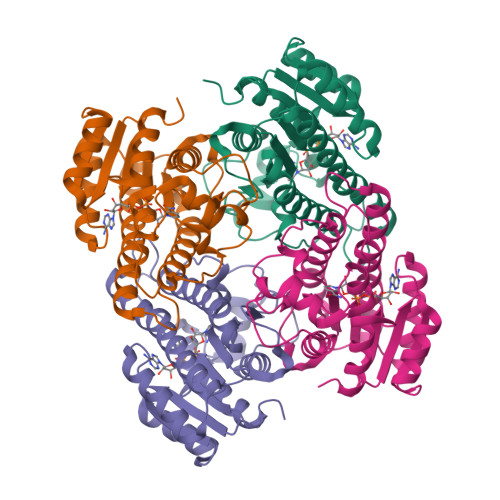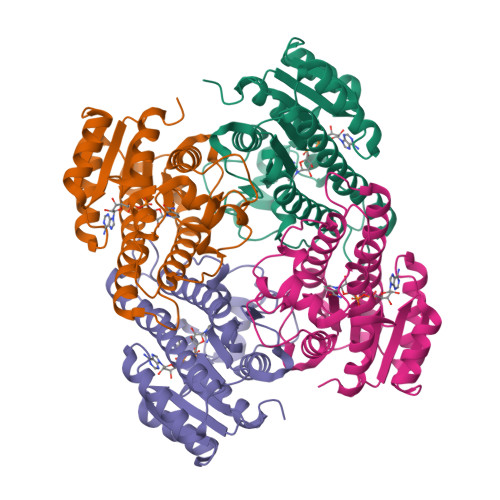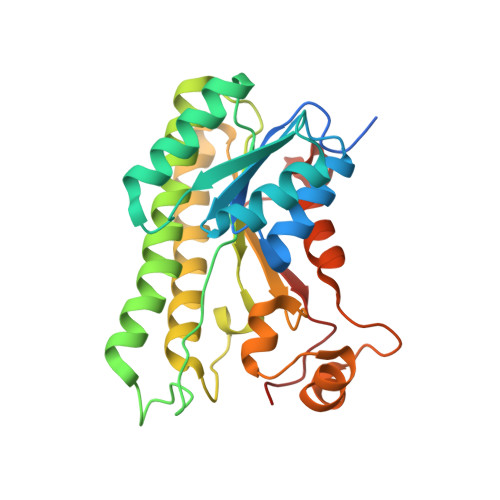Biocatalytic routes to stereo-divergent iridoids.
Hernandez Lozada, N.J., Hong, B., Wood, J.C., Caputi, L., Basquin, J., Chuang, L., Kunert, M., Rodriguez Lopez, C.E., Langley, C., Zhao, D., Buell, C.R., Lichman, B.R., O'Connor, S.E.(2022) Nat Commun 13: 4718-4718
- PubMed: 35953485
- DOI: https://doi.org/10.1038/s41467-022-32414-w
- Primary Citation of Related Structures:
7QUJ - PubMed Abstract:
Thousands of natural products are derived from the fused cyclopentane-pyran molecular scaffold nepetalactol. These natural products are used in an enormous range of applications that span the agricultural and medical industries. For example, nepetalactone, the oxidized derivative of nepetalactol, is known for its cat attractant properties as well as potential as an insect repellent. Most of these naturally occurring nepetalactol-derived compounds arise from only two out of the eight possible stereoisomers, 7S-cis-trans and 7R-cis-cis nepetalactols. Here we use a combination of naturally occurring and engineered enzymes to produce seven of the eight possible nepetalactol or nepetalactone stereoisomers. These enzymes open the possibilities for biocatalytic production of a broader range of iridoids, providing a versatile system for the diversification of this important natural product scaffold.
Organizational Affiliation:
Max-Planck Institute for Chemical Ecology, Department of Natural Product Biosynthesis, Hans-Knoll Strasse 8, 07745, Jena, Germany.



















